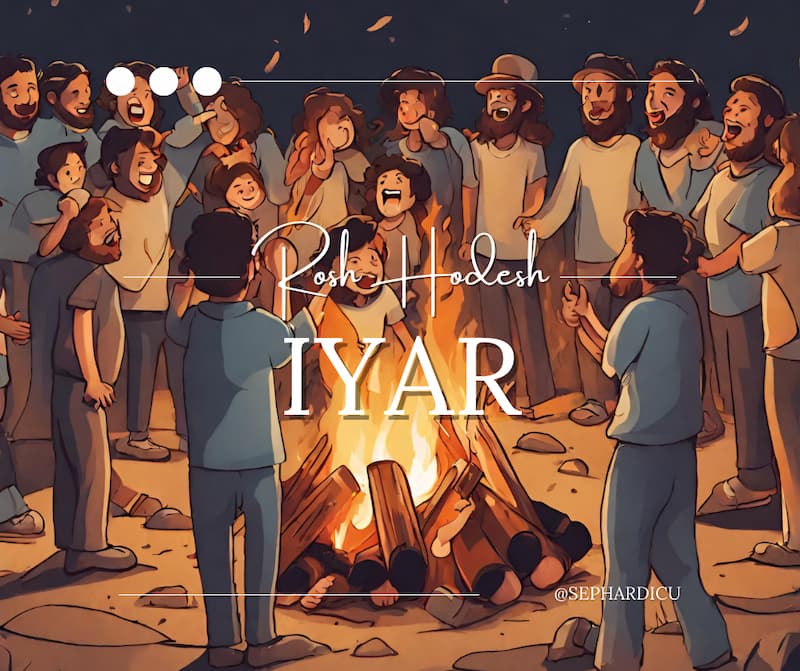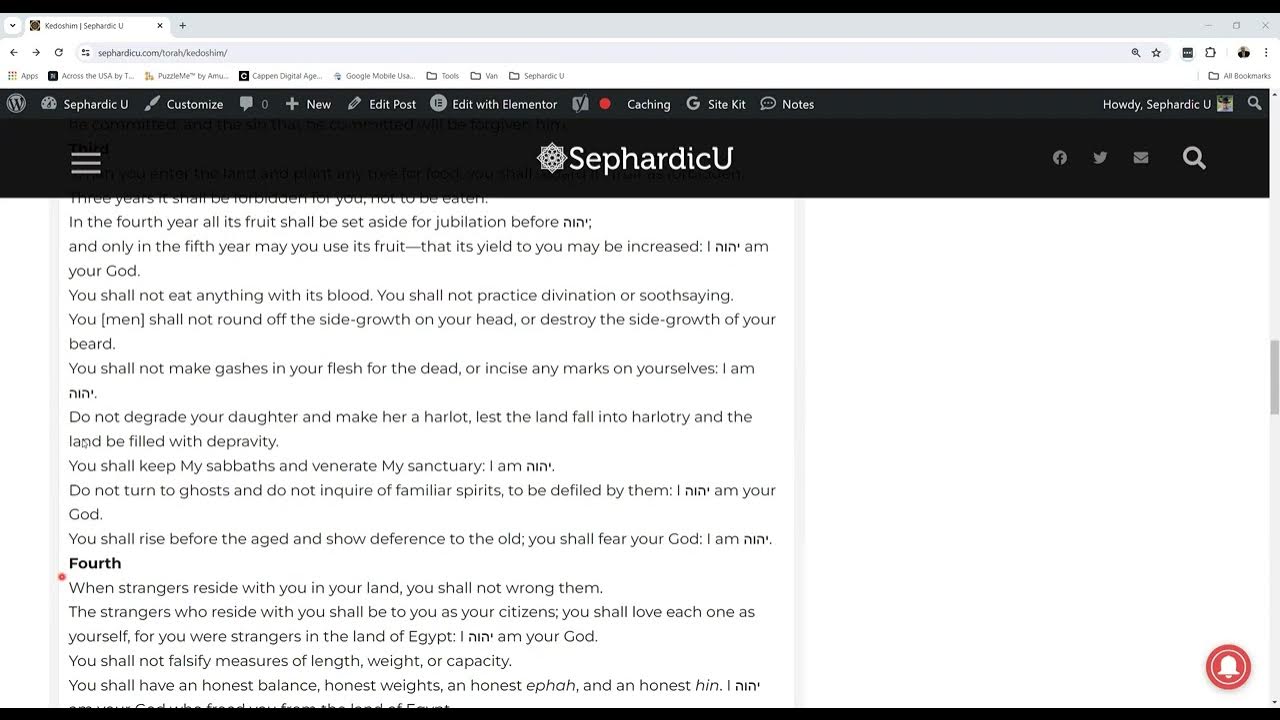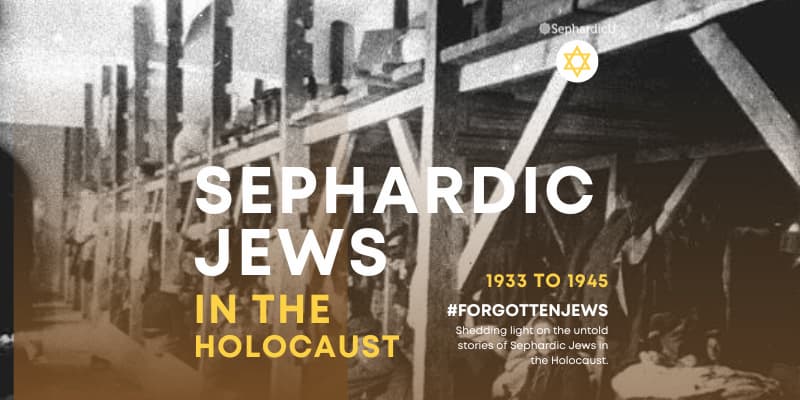Tracing Sephardic roots is more than a genealogical journey; it’s an emotional and cultural exploration. Delve into the intricate process of reconnecting with your Sephardic heritage, unearthing stories that transcend time.
Exploring a Multifaceted Identity
Embracing the Sephardic Journey
As you embark on the path of tracing Sephardic roots, you embark on a journey of self-discovery. Your Sephardic heritage carries with it a tapestry of traditions, experiences, and stories that have shaped your family’s identity. Each thread woven into this intricate fabric connects you to ancestors who journeyed across continents, languages, and cultures.
Unveiling the Diversity Within
A Mosaic of Stories
The exploration of Sephardic roots reveals a remarkable diversity within the community. Sephardic Jews dispersed to various corners of the world, from Europe to the Middle East, North Africa, and beyond. As you trace your lineage, you uncover a mosaic of experiences influenced by the cultures and societies that embraced Sephardic communities.
A Resonant Impact on Identity
Shaping Personal Identity
Reconnecting with your Sephardic heritage has a profound impact on your personal identity. It’s a journey that offers insights into your family’s triumphs, challenges, and resilience throughout history. Each revelation adds a vibrant thread to the tapestry of your own life story.
Tales of Resilience and Triumph
Celebrating Ancestral Contributions
The stories of your Sephardic ancestors are not just tales of the past; they are stories of resilience, creativity, and survival. From flourishing in new lands to navigating challenges with determination, your ancestors’ experiences mirror the strength of the Sephardic community as a whole.
Preserving the Sephardic Legacy: Shaping Tomorrow’s Narratives
Preserving the Legacy: A Collective Responsibility
The role of individuals in preserving the Sephardic legacy is pivotal. Each story, memory, and discovery contributes to the collective narrative of Sephardic Jews. By embracing your heritage, you become an essential link in the chain that sustains the legacy.
Strategies for Continuity
Passing Down the Torch
Preserving the Sephardic legacy involves passing down traditions and stories from one generation to the next. From family gatherings where stories are shared to educational initiatives that promote Sephardic culture, your involvement ensures that the heritage continues to thrive.
An Enduring Impact
Contributing to the Mosaic
The ongoing mission of preserving Sephardic stories is a testament to the enduring spirit of a community that has thrived across continents and cultures. Through your involvement, you contribute to the vibrant mosaic of Sephardic heritage, ensuring that its beauty is recognized for generations to come.
Real-Life Inspirations: Making a Difference
Inspiring Contributions: Stories of Impact
Explore the stories of individuals who have left their mark on the preservation of Sephardic heritage. Their dedication to genealogical research, community engagement, and cultural projects has made a lasting impact. Learn from their experiences and draw inspiration from their contributions.
Conclusion: Nurturing the Legacy of Sephardic Genealogy
As we conclude this journey through Sephardic genealogy, we stand on the threshold of a new chapter. The significance of tracing Sephardic roots extends beyond personal curiosity; it shapes a collective identity and fosters connections that span time and place.
A Continuing Journey
Embracing the Past, Shaping the Future
From understanding the Sephardic Diaspora to embracing ancestral names and navigating genealogical resources, each section has illuminated a facet of this transformative journey. As you embark on your own genealogical quest, remember that you are an integral part of preserving the Sephardic legacy.
Weaving the Threads of History
Enriching Lives, Connecting Generations
Your journey is not just an exploration of the past, but an investment in the future. By cherishing your family’s stories and engaging with your heritage, you enrich your life and the lives of those around you. As the threads of Sephardic history continue to weave their way through time, your contribution ensures that the tapestry remains vibrant and enduring.
Embrace, Uncover, and Celebrate
Honoring the Past, Shaping the Present
Explore, discover, and celebrate the Sephardic legacy. Uncover the stories that connect you to generations past, and let them inspire your journey forward. In embracing your Sephardic roots, you become a guardian of a legacy that bridges history and tomorrow.









